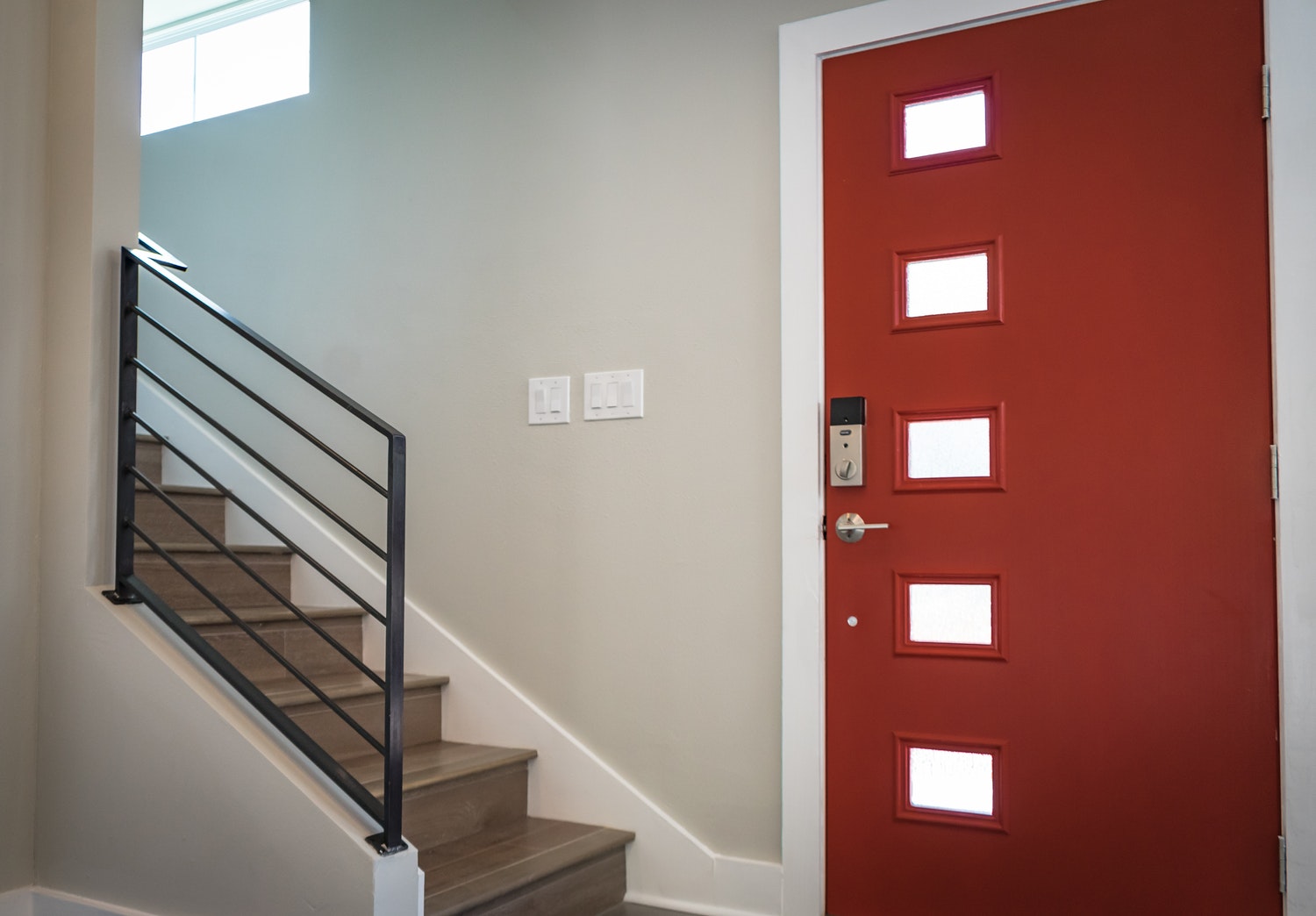When you bought your home, you probably weren’t thinking about how difficult it might become one day to climb the stairs or get in and out of the tub. Nobody expects to become disabled or have limited mobility as they age, but it happens. Getting old is challenging.
AARP reports that over one million adults with disabilities live in homes that present significant barriers to meeting their daily needs. To compensate, most have to live in unsafe ways, move, or make modifications.
If you’re growing older in a home that could use some modifications and you don’t want to move, here’s what you can do to maintain your independence:
1. Trip-proof and Fall-proof your home
The National Institute on Aging reports that six out of ten falls happen at home. You may not think of your home as a dangerous place to be, but without the proper setup, it can be a hazard.
Make sure all stairs have railings on both sides. If your porch doesn’t have a support railing to hold onto, have one built. Be careful getting down the stairs if you rely on a cane. It also helps to put grip tape on your steps. Grip tape comes in several forms including actual tape and paint.
Avoid small area rugs and larger carpets with fringe or any edges you can catch your toes on. Also, make sure your shower and tub area has appropriate grab bars to help you get in and out of the tub.
2. Make stairs safer
The most important way to fall-proof your home is to remember to hang onto handrails and grab bars whenever possible. When walking up and down stairs, grab both railings to support yourself.
Avoid leaving belongings on the steps, even for a brief moment. If you forget to pick something up at the bottom of the stairs you might step on it and fall when coming down. Falling down the stairs is a significant hazard that happens to people of all ages.
3. It’s the small things that matter most
Some modifications don’t need to be permanently anchored into the wall. Many changes can be made with little effort. This guide for Aging in Place at Home describes several of those small changes that make a big difference. For instance, an anti-fatigue mat will do wonders to relieve pain from standing while doing the dishes or cooking.
A mat with a non-skid surface will prevent slips and falls from the water that inevitably makes its way to the floor. Make sure the mat has beveled or flat edges so it doesn’t curl.
If your sink is low enough, sit in a chair or a motorized scooter while doing the dishes and cooking your meals.
4. Place solid furniture in larger spaces to lean on
As long as it doesn’t obstruct your pathways, it’s smart to place solid pieces of furniture in places where you may need to lean on something for support. For example, a short bookshelf next to the front door provides a surface to lean on while answering the door. If your bathroom is small, a tall dresser in front of the toilet gives you a surface to lean on when you stand up.
5. Place helpful items in specific places
After coming home from the grocery store you may not be able to lift your wheeled cart over the threshold of the door. Instead of carrying bags into the kitchen one at a time, put a wheeled cart inside the house, close to the front door. Transfer your bags into the cart and wheel them into the kitchen.
6. Make sure your walls can support grab bars
Before installing grab bars in the bathroom, make sure your walls are sturdy enough to handle them. Depending on where you live, it might be common to use weaker building materials. Always have grab bars professionally installed by someone who knows what’s needed.
7. Follow-up on all possible resources
The University of Southern California Leonard
Davis School of Gerontology offers a comprehensive list of available support resources. The resources include books for
making homes accessible, buying existing accessible homes, finding reliable
contractors, and more.


